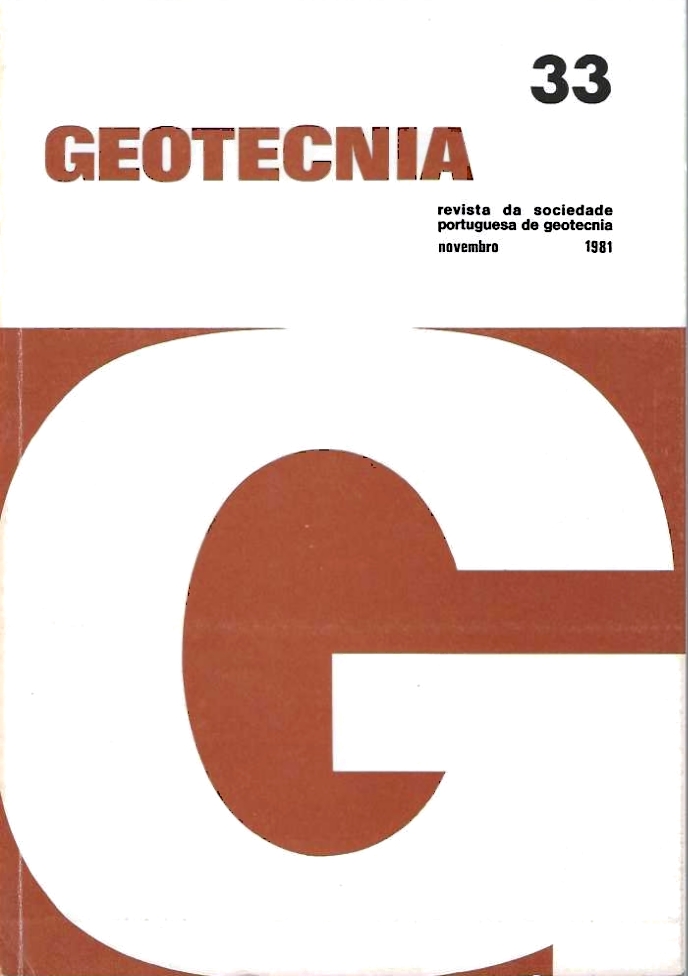Os efeitos lubrificante e antilubrificante da água
DOI:
https://doi.org/10.14195/2184-8394_33_3Resumo
Referem-se estudos doutros autores sobre o efeito antilubrificante da água na fricção entre superfícies polidas de minerais de estrutura maciça (quartzo, feldspato, calcite) e o efeito lubrificante entre minerais de estrutura lamelar (micas, clorite, serpentina, talco). Apresentam-se resulta dos de ensaios em que se verificam os referidos efeitos num quartzo polido e numa mica. Considera se que tais efeitos, tanto podem ser explicados por mecanismos de travamento ao nível das moléculas da água absorvida, como por um mecanismo de adesão em que a resistência ao corte da água adsorvida é maior no quartzo e menor na mica. Conclui-se que nos materiais granulares, em que predominam os minerais de estrutura maciça cujas superfícies têm geralmente rugosidade superior à "rugosidade crítica", nenhum dos efeitos terá significado prático. Porém, nos materiais com uma fracção significativa de minerais de estrutura lamelar, o efeito lubrificante da água já pode ter interesse prático.




